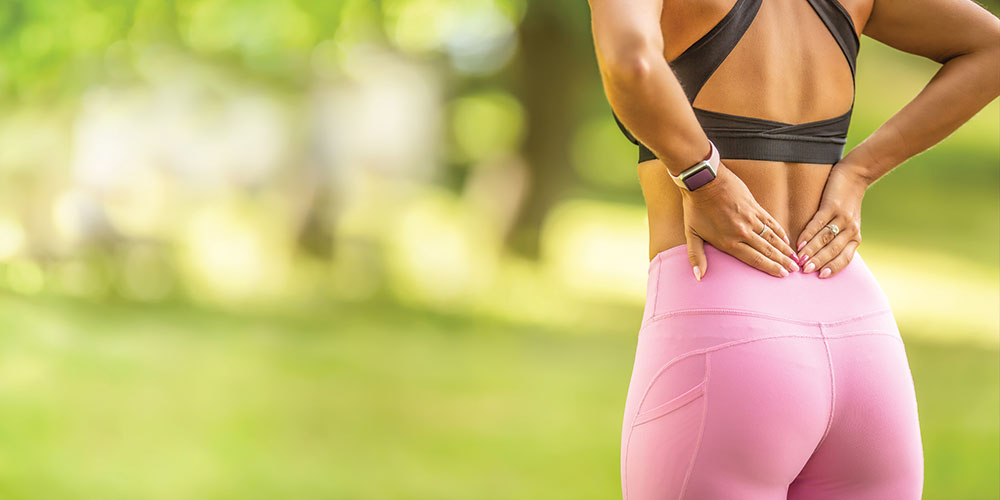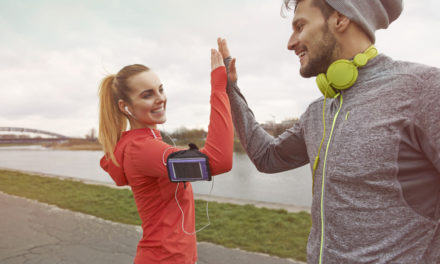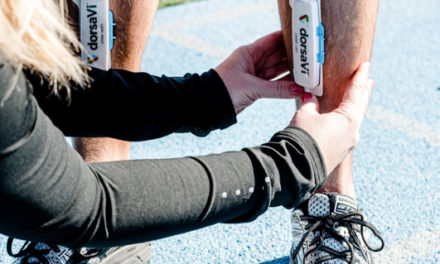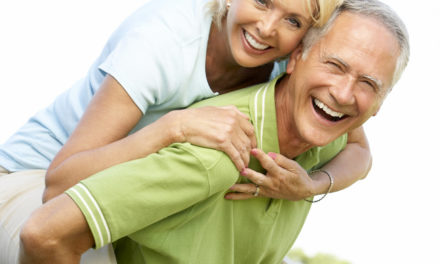More than 80% of people experience lower back pain at some point in their lives. The location of the pain isn’t always the root cause. Often, the problems lie with another joint in the kinetic chain, a series of joints in our bodies. The hip is a versatile and inherently mobile joint that moves in all three planes of motion, which means a lot can go wrong. When it comes to lower back pain, the most obvious place to start is with the hips, where muscles are often weak and tight. While simple stretches are beneficial, using mobility tools such as foam rollers, balls, bands, and massage guns can help people regain mobility faster.
Adductors
Hip adductors are stabilizing muscles used to balance and bring the leg toward the midline of the body. They also help keep the pelvis in place, so when they are too tight, back pain is a common side effect.
LACROSSE BALL OR FOAM ROLLER: Position the inside of your leg over the roller or ball, bending the knee. Roll up and down the length of the muscles, taking your time on sore areas.
SUPERBAND: Stand against a wall and loop the band around the back of your waist, and squat down, looping the ends of the band around your knees. Let the band pull your knees apart as you sink into a deep squat. You can also do a gentler version with your back on the floor and feet on the wall.
Hip rotators
The muscles that help the hip rotate internally and externally are an often-overlooked piece of the puzzle. When these muscles are weak or tight, people may experience pain in one buttock or both, or down the leg.
LACROSSE BALL OR FOAM ROLLER: Have a seat on the foam roller, and cross your legs in a figure four position. Tilt your body toward the side that is crossed, looking for sore spots. Use the lacrosse ball for smaller areas.
Hamstrings, Calves & Glutes
Sitting for long periods tightens the hamstrings and calves, which are connected behind the knee. A lack of mobility in the glutes also makes it more likely to “pull” something.
LACROSSE BALL OR FOAM ROLLER: Support yourself with your arms, and position your glute, hamstring, or calf on top of the ball or roller. Shift your body weight, spending extra time on sore spots. Think about the foam roller as a way to address a broader area and the lacrosse ball for a deeper and more targeted approach.
SUPERBAND: Sit on the floor, anchoring your bands to something stable, close to ground level. Activate your hamstrings and glutes, gently pulling back a few inches, and hold for several seconds. Relax and let yourself be pulled into a deeper stretch. Repeat several times.
Hip Flexors & Quadriceps
Hip flexors are the muscles in your leg that help you lift your knee in front of you. They are also responsible for helping the pelvis maintain a neutral position. Sitting for long periods allows the hip flexors or quads to become tight, putting the spine in a vulnerable position, which can become painful over time.
LACROSSE BALL OR FOAM ROLLER: In a prone position, place the front of your legs over the foam roller. Target your quads by finding sore spots in the front of your leg between the hip and the knee. To loosen hip flexors, work the area on the front side of the hip, just below the part of the pelvis that juts out (aka the iliac crest). Stay on the sore spots until you feel them start to release.
MASSAGE GUN: Lie flat, using the massage gun to target the muscles of the quads and hip flexors. Stay away from joints or bony areas. Use broad sweeping motions to relax muscles, or spend more time on tender spots to improve blood flow to those areas.
SUPERBAND: Anchor the band to something stable, and half-kneel facing toward the anchor point. Loop the band around the top of the rear leg, as high as possible. Tuck your tailbone. Gently move in and out of a kneeling hip flexor stretch, letting the band give your hip joint a little extra wiggle room.
Gary Berglund, a certified personal trainer, corrective exercise specialist, yoga teacher, and nutrition coach, is the founder of Omnifunction, an online fitness and nutrition coaching brand that embraces a non-diet mindset and the practice of exercise to enhance the quality of life. Gary uses behavioral change tactics and takes a Health At Every Size (HAES) approach to coach clients toward their goals. Connect at Omnifunction.us or on Instagram and Facebook at @omnifunction.







